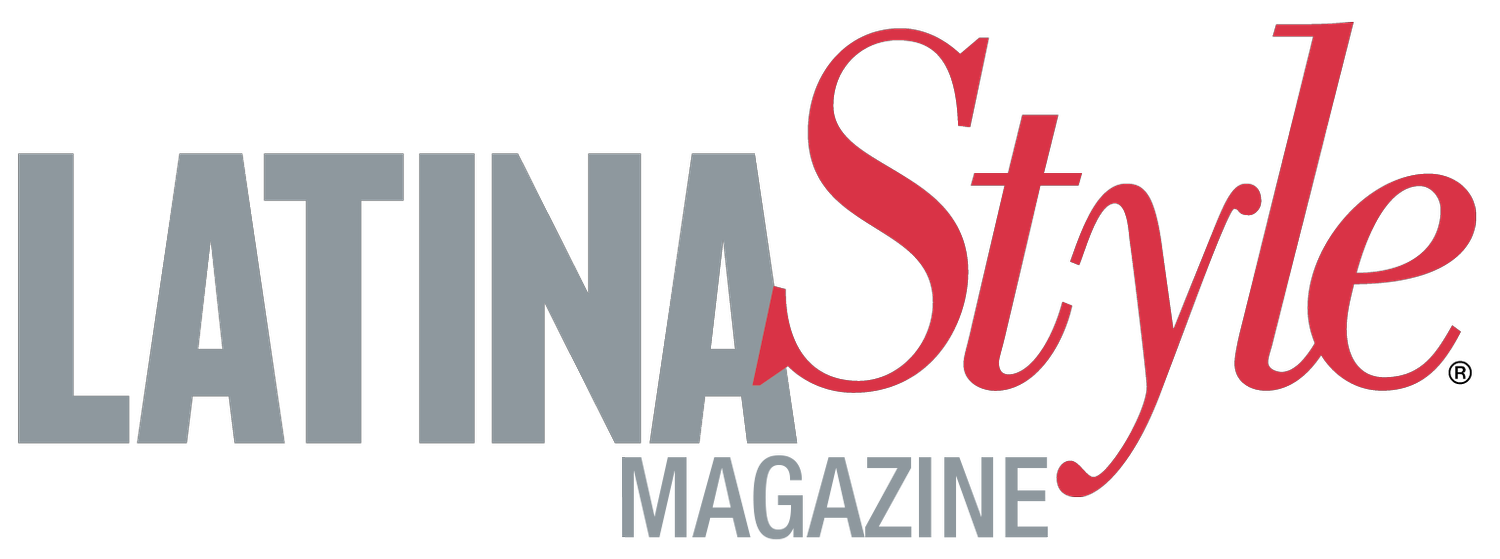Empowering Latinas in STEM A Personal Narrative
As both a first-generation Mexican American and a college student, I encountered several barriers hindering my path to college enrollment and degree attainment. Being the child of parents with limited education, I lacked guidance on how to navigate higher education and explore potential career trajectories. From high school through college, I juggled multiple jobs to make ends meet, an aspect that further complicated my educational journey. This balancing act between work and school led to a less linear path in college.
In the summer of 2022, Sam went to northeastern Minnesota to meet with collaborators at the Fond du Lac Tribal and Community College and collected water samples from lakes on tribal land and ceded territory to be analyzed for the DNA of invasive rusty crayfish.
Sam (middle) and sisters enjoying a family reunion in 2002.
Overcoming these challenges demanded years of learning from mistakes, self-discovery, determination, and support from Hispanic Serving Institutions (HSIs). Overcoming the financial challenges of college was a pivotal achievement facilitated by my attendance at HSIs, financial aid, and scholarships. As an undergraduate, I attended three different institutions, chosen due to their affordability. Reflecting on my choices, I realized that all three institutions were HSIs, defined as higher education institutions where at least 25 percent of undergraduates are Latinx/Hispanic. Affordability draws many Latinx students to these institutions, creating a cycle where the growing Latinx representation further attracts more Latinx students seeking an environment in which they feel represented. I firmly advocate for government policies that ensure free public higher education for all, enabling equitable access to higher education and economic mobility. Such a policy shift would significantly increase the pursuit of degrees, including STEM degrees, benefiting all individuals, especially Latinas who earn an average of 54 cents for every dollar earned by non-Hispanic white men.
Thanks to funding mechanisms targeting minority and low-income students, I gained access to higher education. However, it was support from the Latinx community and allies that empowered me to complete my bachelor’s degree and pursue further education. By the time I transferred to my third undergraduate institution, I realized I wanted to pursue a career in environmental science but lacked confidence in my ability to complete my degree. Still grappling with uncertainty, I found an ally in my academic advisor – a fellow Latina specializing in ecology. Her empathy and shared background fostered an instant connection. Beyond academic advising, she assumed the role of my research advisor, and this evolved into a mentor-mentee relationship that persists to this day.
Having a role model who understood the challenges I faced, and who guided, championed, and advocated for me, profoundly impacted my trajectory. This relationship not only steered me toward finishing my bachelor’s degree and pursuing a master’s degree in natural resources and environmental sciences, but also reinforced my belief in the power of representation. When Latinas see individuals from their community succeeding in higher education, it conveys that their dreams are achievable. Representation matters because it provides a tangible roadmap for students to follow. More Latina professors, researchers, and industry leaders in STEM will not only attract more Latinas to these fields but also demonstrate that their voices are essential in shaping the future of science and technology.
By Samantha Garcia
M.S. Graduate Student, Natural Resources and Environment Sciences University of Illinois at Urbana- Champaign
Despite the rapid growth of the Latinx population in the U.S. over the past two decades, Latinas/os remain underrepresented in Science, Technology, Engineering, and Mathematics (STEM) higher education and the STEM workforce. This issue is particularly pronounced for Latinas, who face a unique set of challenges. While strides have been made to increase diversity and inclusion within STEM disciplines, a need to empower more Latinas to pursue higher education still remains. Drawing upon my personal journey as a Latina in STEM, I highlight some of the obstacles I have faced in the hopes that my story resonates with other Latinas and inspires others to advocate for diversity, equity, and inclusion in STEM and beyond. As both a first-generation Mexican American and a college student, I encountered several barriers hindering my path to college enrollment and degree attainment.




